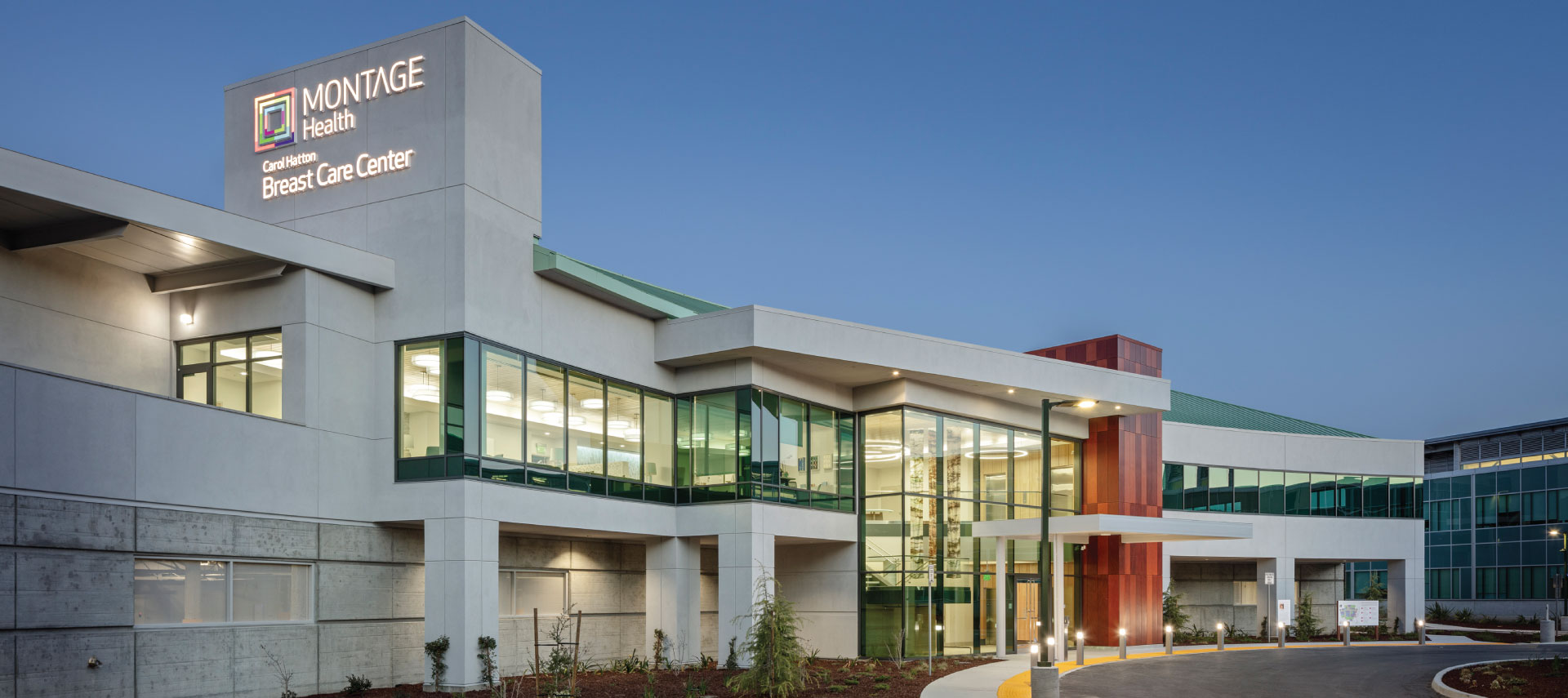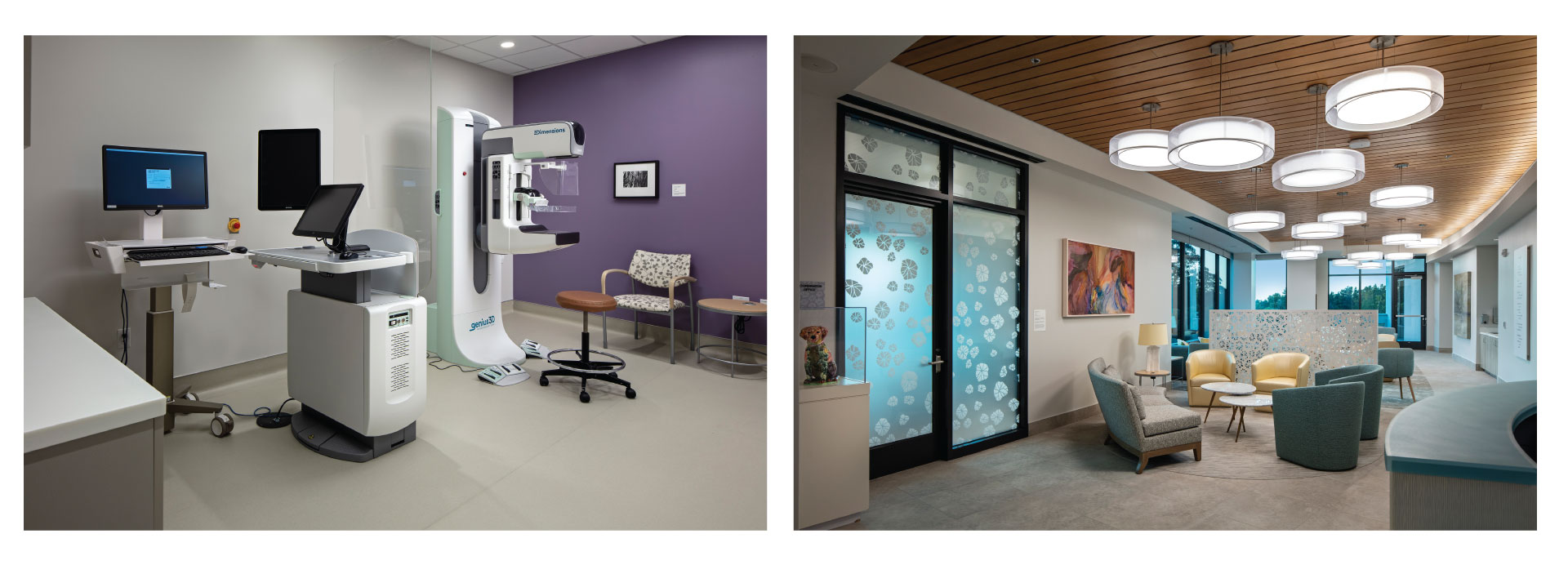
Inside the Carol Hatton Breast Care Center

The new center at Ryan Ranch is about 10,000 square feet, with advanced technology and expertly trained staff for the best in breast care and bone-density scanning.

1. 3D mammography
Using an advanced technique called tomosynthesis, multiple images of the breast are combined into a highly detailed 3D image for preventive screening.
2. Diagnostic and 3D mammography
Diagnostic mammograms are performed when a patient has a breast concern, such as a lump or pain, or needs further examination after a screening mammogram.
3. Interventional and 3D mammography
Targeted biopsies are done when lesions are detected through a mammogram.
4. Automated breast ultrasound
An automated ultrasound is used in addition to mammography for women with dense breast tissue. About 40 percent of women are in this category.
5. Diagnostic automated breast ultrasound
Automated ultrasound is used for diagnostic studies after a screening has detected an issue that warrants further examination.
6. Ultrasound
Hand-held ultrasound scanning of the breast and underarm are done for diagnostic and interventional exams, such as needle-guided biopsies and placement of wires used as guides in breast-cancer surgery.
7. Bone density
Specific areas of bone are scanned during a bone-density exam to determine the risk for osteoporosis, which causes bones to become weak and brittle.

Bone tests are most commonly requested by general practitioners, endocrinologists, rheumatologists, and obstetrician/gynecologists. The tests are available for both men and women at the new Carol Hatton Breast Care Center in Monterey’s Ryan Ranch, which has two bone-density scanners.
What can you do to protect your bones?
- Eat a well-balanced diet
- Get enough calcium and vitamin D
- Calcium: women 50 and younger and men 70 and younger, 1,000 mg a day; women 51 and older and men 71 and older 1,200 mg a day
- Vitamin D: men and women, under 50, 400–800 IU daily; 50 and older 800–1,000 IU daily
- Get regular exercise, both weight-bearing and muscle-strengthening
- Avoid smoking
- Limit alcohol to 2–3 drinks per day or less
SOURCE: National Osteoporosis Foundation

